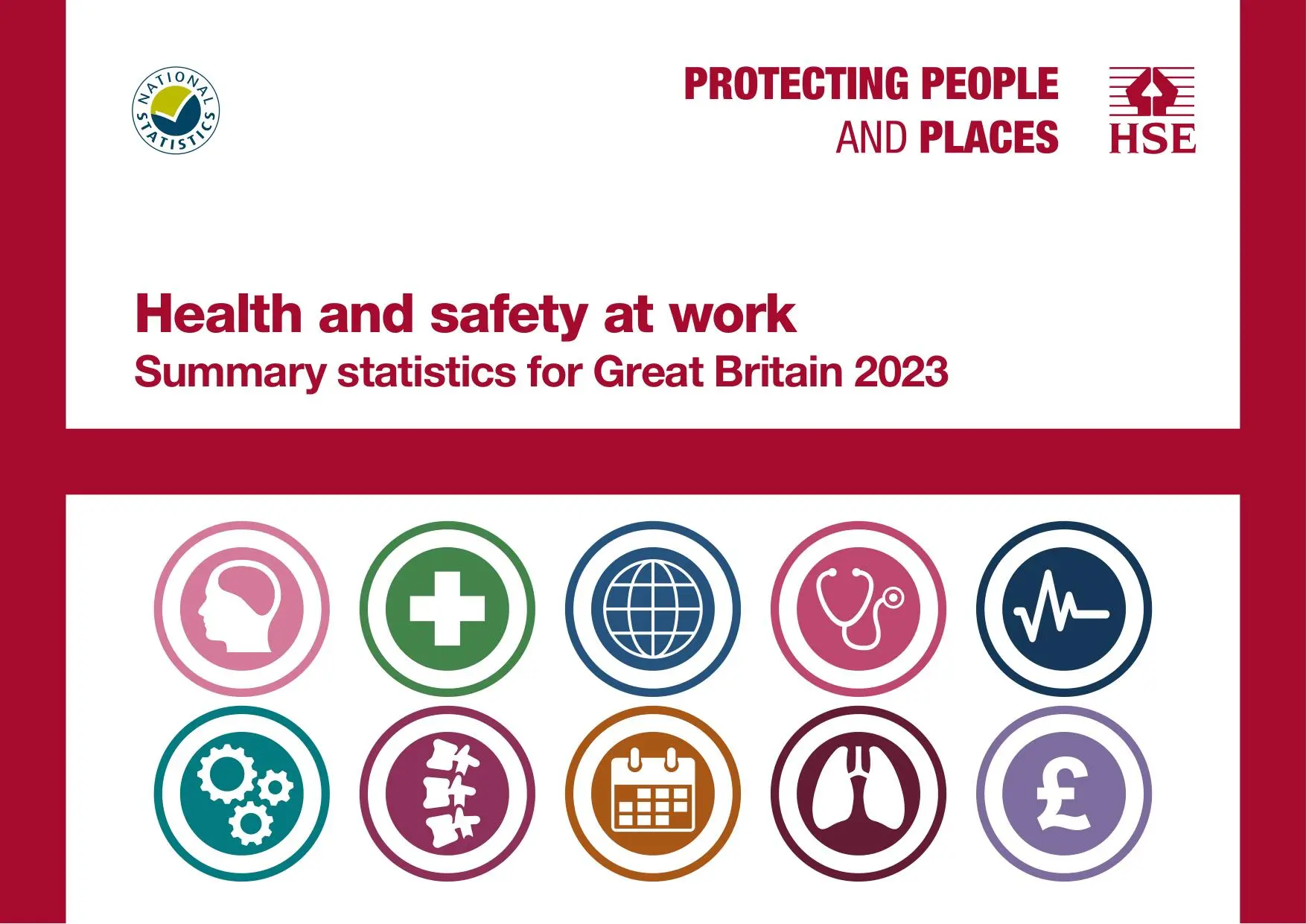Contents
Tidying up incident rates in the waste management sector
2 August 2018 - Evotix
Given the challenging nature of the work, it’s no surprise that waste management is one of the UK’s most dangerous industries.

According to the HSE’s latest set of annual workplace fatality figures, there were 12 fatal injuries to waste and recycling workers between April 2017 and March 2018. Over the past five years, 39 waste workers in total have been killed.
The industry’s rates of non-fatal injuries are also extremely high: although it employs a relatively small number of people, its annual injury rate of 10.26 injuries per 10,000 workers is 16 times higher than the average rate across all sectors, which is approximately 0.45 injuries per 100,000 workers.
Injuries range from those caused by slips, falls and trips, to bad backs because of heavy lifting, or being struck by moving vehicles or heavy objects. Waste management workers are at particular risk of bloodstick injuries, caused by discarded syringes or other needles.
What improvements, then, should the industry be looking to make to ensure that every employee returns from work safely?
The HSE advises that good risk management is at the heart of safety management. Systems to evaluate risk and control hazards are important and employees need to be properly trained and encouraged to participate in good safety behaviours, such as timely reporting. Guidelines need to be accessible and understood by all – particularly important in an industry which employs many workers whose first language may not be English.
From the top down to the bottom up, every member of an organisation needs to recognise the importance of safety as a value: putting safety front and centre of everything they do.
Employees need to be enabled to take part in safety events, whether that’s reporting issues or near misses, checking actions or assessing risk – complicated, desk-bound processes are of no use to workers who spend most of their working day outdoors, or operating machinery.
This is where innovative technology has a role to play – giving employees tools that can be easily accessed through phones or tablets, in their own language if required, makes safety simple and increases the chances of workers having their voices heard.
By improving communication and gaining better visibility of risk, organisations can more from reactive to proactive approaches to safety management, and in doing so, reduce their incident rates.
The risks and hazards in a sector such as recycling may never disappear completely – but employers should ensure they’re doing everything they can to safeguard employees and minimise such risks.
RELATED BLOGS

A Breakdown of HSE’s Key Health & Safety Figures for Great Britain (2022/23)
14 December 2023 - Evotix
The Health and Safety Executive (HSE) has released the 2022/23 figures for occupational health and safety in the United Kingdom. These statistics offer a snapshot of the nation’s health and safety..

Top 5 Safety Hazards In the Manufacturing Industry
14 June 2024 - Evotix
According to the National Safety Council, in 2022, the manufacturing sector reported 110 non-fatal injuries per 10,000 workers, making it the sixth highest ranking industry for such injuries. With an..

OSHA's 2024 Hazard Communication Standard: What You Need To Know
5 June 2024 - Langdon Dement
Once again, the United States is in the wake of a major change - a change that has been anticipated for three years and is bound to create a stir for organizations. A change that is believed to..